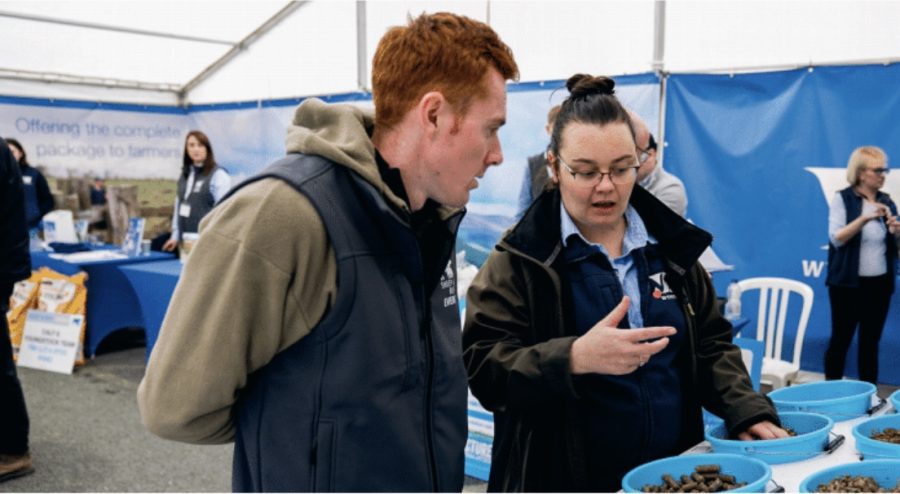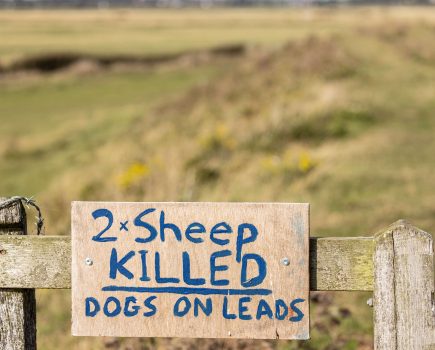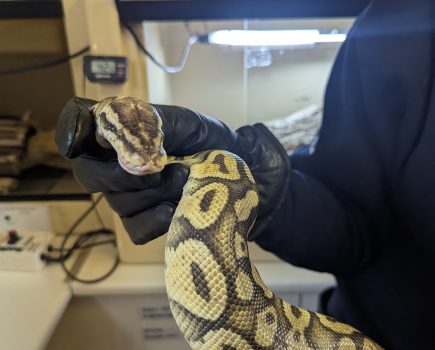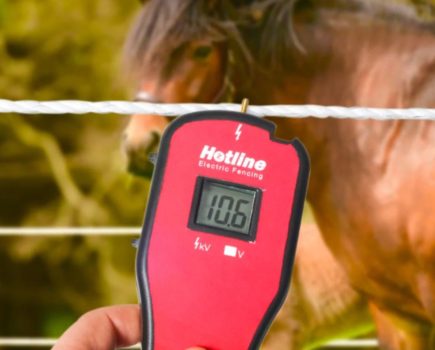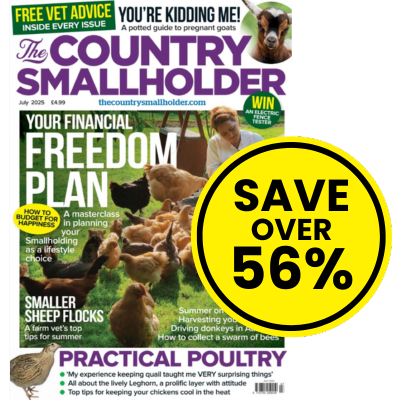I’m fairly new to serious livestock keeping and thinking about the weather in 2024, I’m wondering if my hay is good enough for my commercial sheep and how I can get it tested? And what would that tell me? Also I am thinking about sileage for my cattle.
Interesting you say that, as Wynnstay Agriculture have also asked that to farmers and here they share their insights. Hay and grass silage quality has suffered in 2025, meaning livestock keepers will need to supplement their livestock feed carefully. That’s according to analysis of forage samples at the recent Wynnstay Beef and Sheep Event held at Welshpool Livestock Market.
Around 1,000 farmers and smallholders attended the bi-annual event, which brought together experts and industry leaders to share knowledge, discuss the latest trends, and explore innovative practices in the livestock industry. The opportunity to submit forage samples for testing highlighted crucial issues like low protein content, high fibre levels, and poor fermentation quality, sparking discussions on how to address these areas for improved livestock performance. Overall, the quality of forages submitted for sampling were below target, highlighting the need for careful supplementation with energy and protein this coming winter. The analysis of hay, grass silage, maize and whole crop silage highlighted that strategic adjustments will be required to help farmers maximise the nutritional value of their rations.
“Understanding your forage’s profile is the first step in optimising herd or flock health and productivity,” said Bryn Hughes, Wynnstay’s national sheep and beef manager. Hay samples revealed crude protein (CP) levels averaging only 6.5%, falling below the ideal 8-11% range.
“Thelow CP levels are concerning,” MrHughes pointed out. “Mature, late-cut grasses divert nutrients to structural carbohydrates, which lowers protein content. Farmers must balance this with protein supplements to maintain livestock performance.”
The grass silage analysis pointed to similar concerns, showing CP levels at an average of 9.3%, significantly below the target range of 12-16%. High pH levels, averaging 4.6, further compounded the issue.
“Elevated pH allows clostridia to breakdown protein into ammonia, rendering it less useful to livestock and diminishing the feed’s nutritional value,” explained MrHughes. “This can negatively affect growth rates and cause health issues.”
Neutral detergent fibre (NDF) and lignin levels in grass silage were notably high at 68.3% and 6.3%, respectively, indicating a harvest of overly mature grass.
“Excessive NDF means more structural carbohydrates, which slow digestion and reduce feed intake,” Mr Hughes said.
Additionally, butyric acid levels averaged 0.6%, exceeding the desired <0.1% threshold, indicating poor fermentation and suboptimal silage preservation, which can compromise feed quality.
This article extract was taken from the February 2025 edition of The Country Smallholder. To read the article in full, you can buy the issue here.

